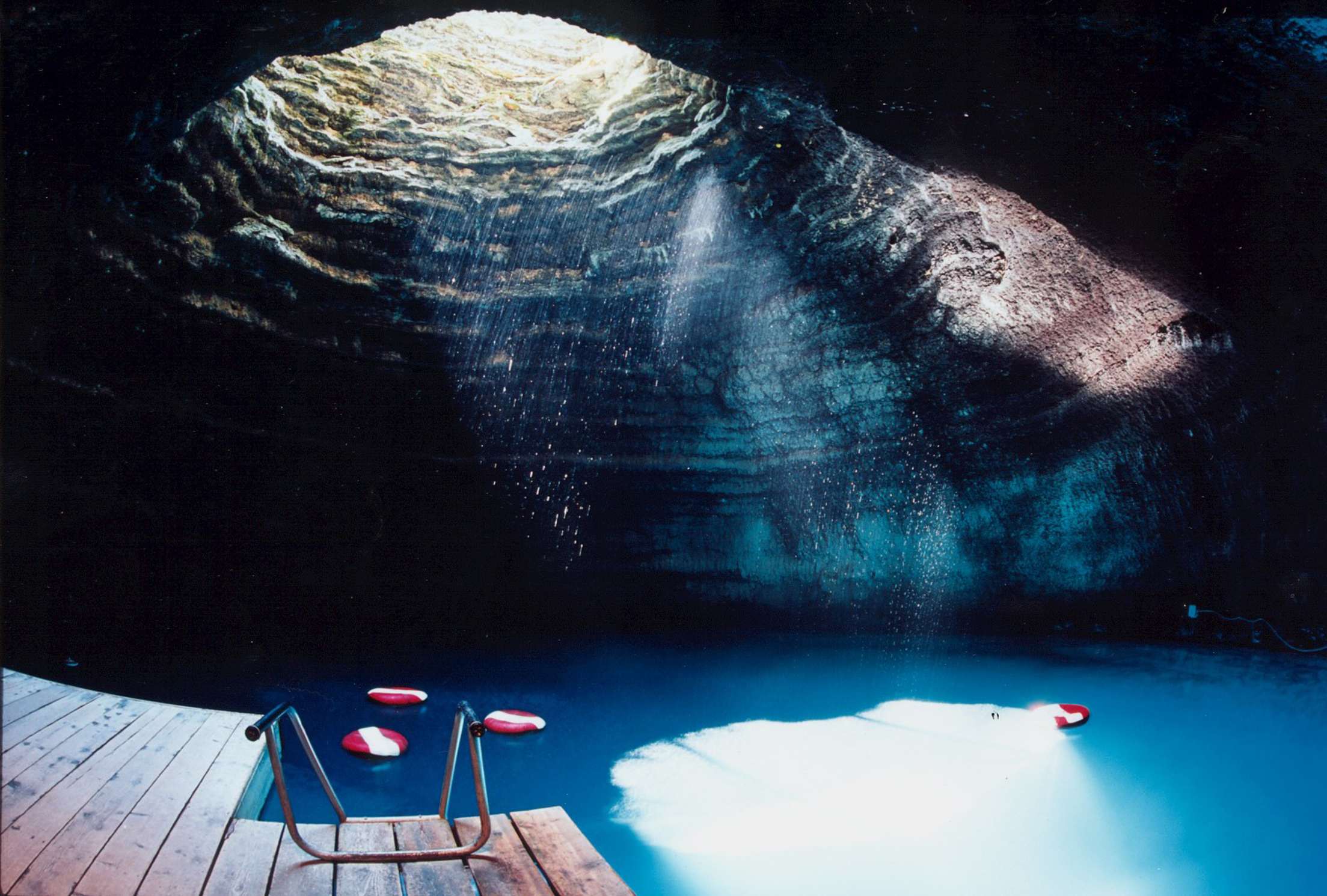
Utah's Heber Valley
Head to the Wasatch Back for a historic train, Swiss Days, and the bounty of nature.

Life on the west and east sides of Utah's Wasatch Range is about as different as day and night or, more appropriately, front and back. To the west, shopping centers, commuter lanes, and burgeoning housing developments characterize much of the Wasatch Front between Salt Lake City and Provo. But in the Heber Valley, about an hour east on the Wasatch Back, broad meadows, freshwater lakes, and meandering hillside trails greet travelers in search of more natural comforts. And the neighbor towns of Heber City and Midway make perfect jumping-off points when you want to immerse yourself in the surrounding countryside.
Tourists started making the trek to the Heber Valley in the 1880s after Swiss transplant Simon Schneitter established a resort at an underground mineral spring and began promoting its healing properties. Today, the Homestead Crater, as it's known, still comforts guests who wish to soak in the 96-degree water or snorkel or scuba dive in the 65-foot-deep pool for a fish's-eye view of the walls covered with stuccolike mineral deposits.

The valley's first European settlers, including a large number of British-born Mormon converts, arrived in 1859 after a new road linked Provo with the present-day Heber Valley. The newcomers named the town for Heber Kimball, a prominent Mormon who had overseen missionary activities in Great Britain.
Midway, 3.5 miles west of Heber City, got its start in 1866 as a fort. Swiss immigrants poured into the valley in the 1870s and, with the Wasatch standing in for the Alps, transformed the stronghold into a tiny community that is today marked by chalet-style homes and shops. Residents celebrate their Alpine heritage in late summer during Swiss Days, a lively two-day festival featuring yodelers, handbell ringers, and the winners of the springtime Swiss Miss pageant.
Wasatch Mountain State Park, covering 23,000 acres near Midway, provides plenty of access to hillside hiking trails and views of the patchwork valley that stretches to the horizon. Don't let a lack of snow in summer keep you away from Soldier Hollow on the south end of the park, the site of the 2002 Winter Olympics cross-country skiing and biathlon competitions. From here you can catch an eight-mile portion of the Jordan River Parkway—the Deer Creek Trail. This hiking and biking route skirts the west side of Deer Creek Reservoir (a popular spot for trout fishing and watching shorebirds) and ends up at the eastern edge of Provo Canyon.
For a less demanding journey that continues into the rocky canyon, hop aboard the Heber Valley Railroad, affectionately known as the Heber Creeper. The Great Western No. 75, a slow-moving 1907 steam locomotive, has appeared in more than two dozen films, including the classic western The Professionals and A River Runs Through It. The train carries passengers on a 32-mile round-trip excursion as well as special evening rides, and to sunset barbecues at Soldier Hollow.
Rail food is far from your only dinnertime option. If you have an adventurous palate and a love of dining alfresco, you can satisfy both at the Blue Boar Inn, where the ever-changing menu might include duck breast with pumpkin spaetzel and wild boar salami with artichoke bruschetta.
It won't really matter which one you choose, however. Just a taste of the Heber Valley is all it takes to satisfy any traveler's appetite for pleasure and comfort.